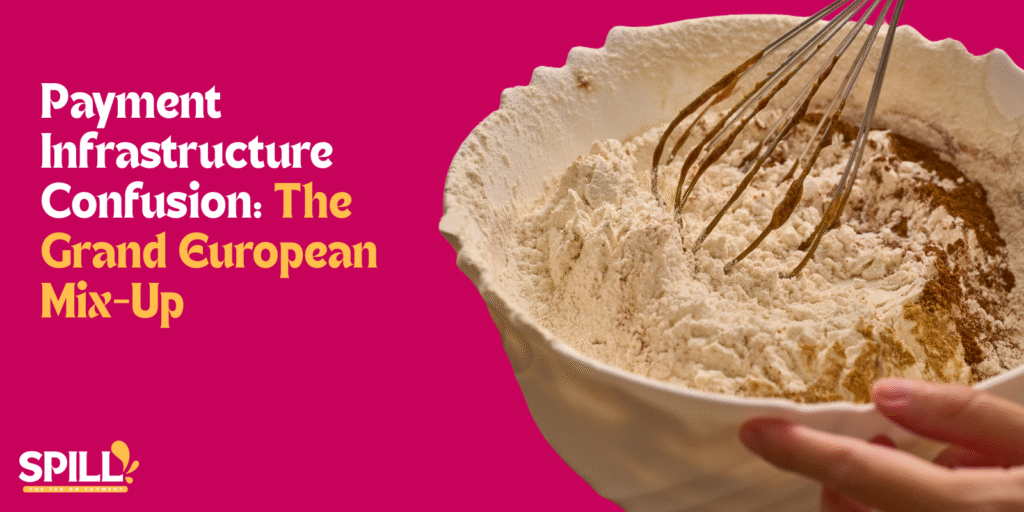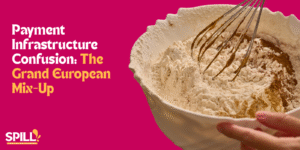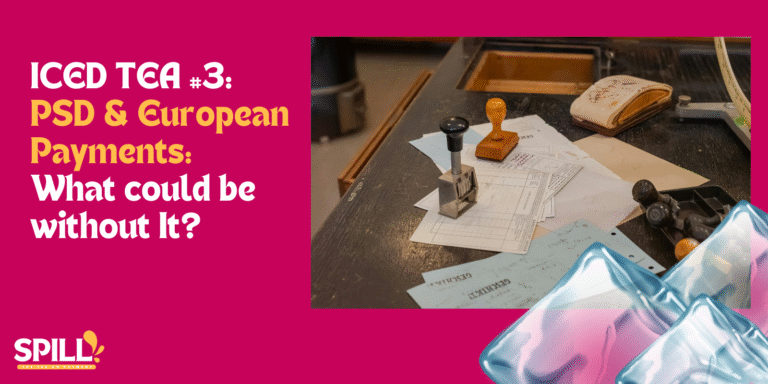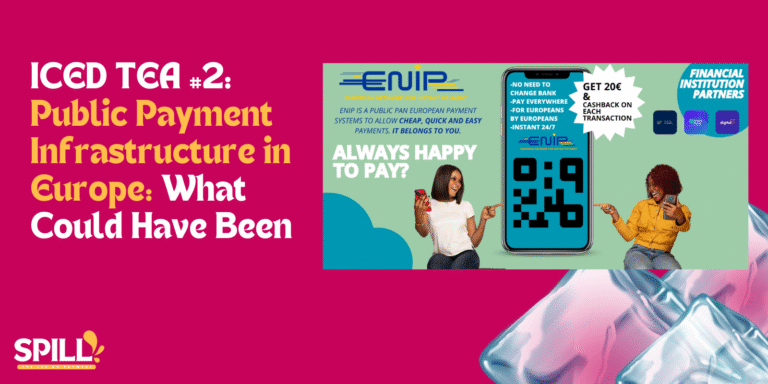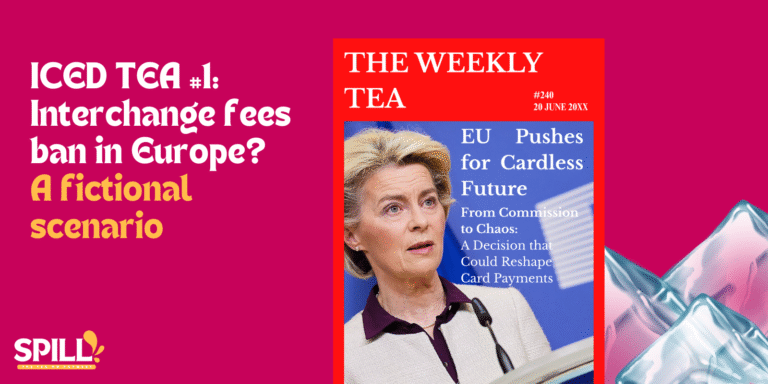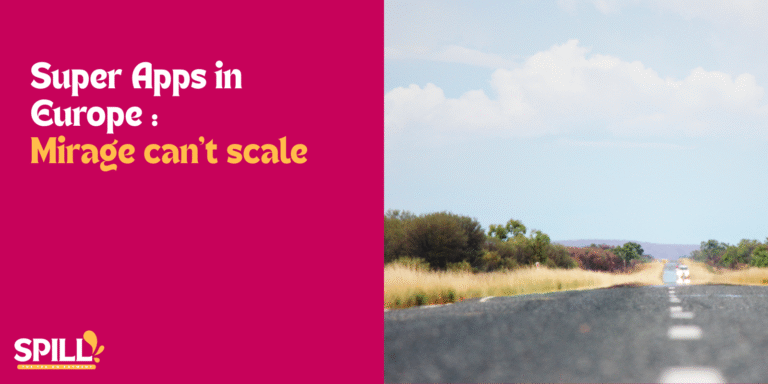Everybody wants a piece of the European payment cake. Sovereignty became a trendy word while praising USD stablecoins and attacking the bad duopoly… Deutsche Bank is praising sovereignty via Carte Bancaire Network or Wero and, at the same time, launching A2A Request to Pay via Mastercard. It became trendy to attack scheme supremacy. Bad opinions or not, not here to judge. But interestingly, many of these actors aim at creating the same cage to direct users from the bad duopoly to another network, and brand it as new and revolutionary. The notion of interoperability is neglected. Why create bridges when we can keep users? One of the tricks used is to mix different notions: Payment Infrastructure confusion. Let’s clarify
Clarifying the Payment Infrastructure Confusion
People confuses three notions when it comes about Payment : Payment Rails, Payment Networks and more recently, Open Banking.
Payment rails are the technical and operational paths money travels on. They’re the tracks: TIPS, SWIFT, etc… the nuts and bolts of moving funds. Most of the users of Payment Rails are banks. To use those rails, it is with an authorisation. Governing bodies (TIPS belongs to the ECB) or supranational entities (SWIFT is an international organisation) create Payment rails.
Payment networks are governance and membership structures. They can offer clearing services or let third-party clearing services use their network. Think about Visa or Mastercard, they don’t own the underlying rails when money is settled. Money is settled on Payment rails, but they control who can ride on them and how. They standardise rules, ensure clearing and bring credibility to the transaction.
Open Banking? Well, it’s not a rail or a network. It’s an access protocol: a Regulatory push to open up bank accounts to third parties. You’re not moving money through a new rail; you’re giving someone else permission to initiate payments or see your account data, usually via APIs.
Fintech Actors use Open Banking possibilities to create New Payment networks using old Payment rails. But they could use old payment networks to create another network on top it.
Why Does Payment Infrastructure Confusion Persist?
Because everybody wants their « network effect », it is the mantra of tech investors. So it is better to keep this payment infrastructure confusion. You can monetise your users once they are in. And also a good dose of ignorance on how payments work when we leave dominant networks.
In a card-centric world, people don’t understand how money can move outside the card world. They think according scheme logic. Cardholder > Acquirer > Scheme > Issuer.
Product design, marketing efforts, sales efforts, everything revolves around the scheme vocabulary. So for them, this is the « bank transfer, A2A » stuff. They are not helped because it happens that banks themselves are the scheme’s members…
Then, you have the Others,
They conflate these terms on purpose to sell products that rely on broken links and missing connections. They sell a dream of direct account-to-account payments, but in reality, they depend on complex relationships with banks, which aren’t always as cooperative as the marketing slides suggest. Again, because Banks themselves are network’s members.
Infrastructure vs. Network: Two Visions for Payments
Can we stop mixing up everything?
No, this is a market dynamic. “Network Effect” by its very nature is predatory. The urgent need to attract users to use your product rather than another one is there.
We build products to monetise the users who will use this product. We, therefore, conceptually don’t think of payment as infrastructure but as a network.
But, if you suddenly flip the coin and think about payment as infrastructure, you create another vision. Because infrastructure is for the benefit of all, it should be interoperable, inclusive to all. Creating a network is exclusionary; creating an infrastructure calls for inclusion and interoperability.
As long as we don’t praise interoperability and infrastructure as a market principle, and payment experts keep on promoting a predatory « network effect ». The confusion will remain.
You can read my previous piece, on Open Banking in Europe, here

